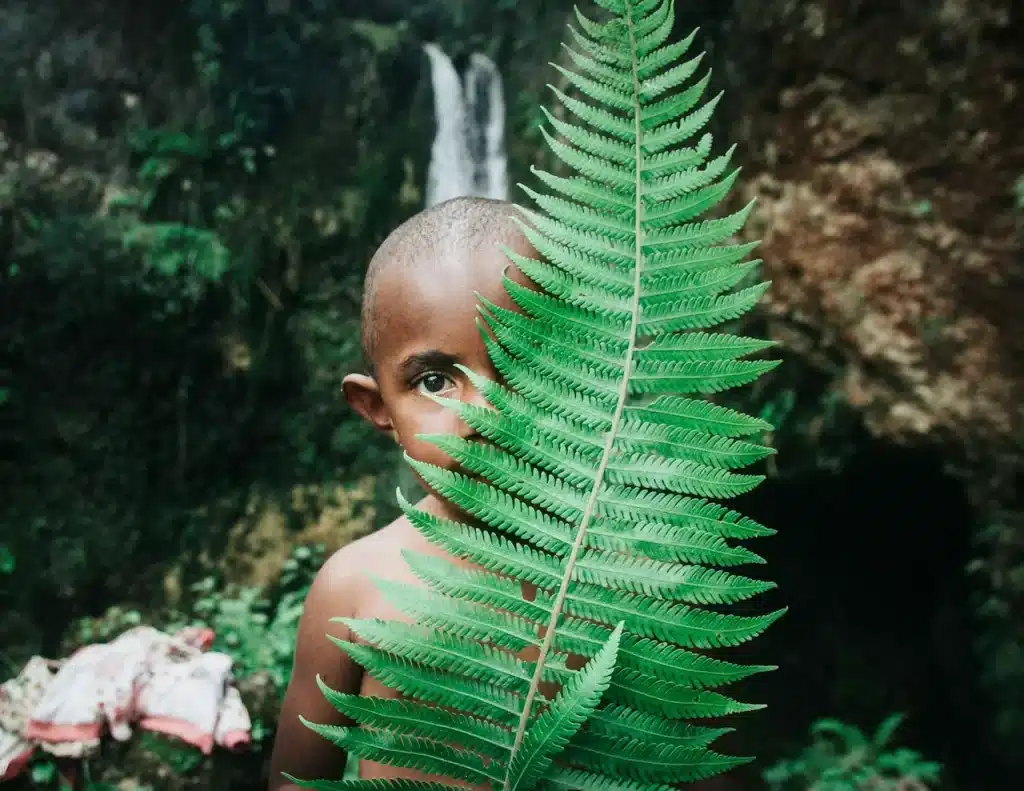When you learn about ancestral cultures, there’s one phrase that stays with you: It’s not the technology that makes a difference, but ancient knowledge. This is the essence of Survivor: The Tribe, a National Geographic show that follows biologist HazenAudel on his journey beyond the comforts of civilisation into the most inhospitable landscapes. His quest? To learn from and live with tribal communities who have survived nature’s most difficult tests for millennia. Survive The Tribe.
From Spokane to the Wild Edges of the World
Hazen’s roots can be traced back to Spokane in Washington, where his fascination for flora and fauna, as well as wild landscapes, started early. Hazen was raised by a Native American mother and a father who encouraged his curiosity. Hazen spent much of his childhood in basements filled with aquariums. He also went on snake hunts and explored park trails with gardeners and botanists.

The academic paths he took in biology, ethnobotany and tropical ecology deepened his relationship with nature. Hazen moved to the Ecuadorian rainforest at the age of 18, living with the Huaorani and Quechua tribes. This was the beginning of a life based on cultural exchange, education, and survival.
Hazen, however, is not just an adventurer. He’s a survival storyteller who values authenticity above spectacle. Hazen himself said, “The native people I stay among are the stars and educators–I am the student.”
Into The Wild: A series that defies comfort
Format & Challenge
In The Tribe, Audel takes a look at the lives of tribal groups in remote corners of the globe, with a single rule: Ten days to learn and then experience the most difficult quests the tribe undertakes. No high-tech equipment, just raw skills, faith, and instincts.
Each 60-minute episode immerses him in a different environment and culture.
- Samburu, in Kenya. He drinks cow blood, endures bites from ants, harvests honey and protects his herds on leopard territory.
- Waorani, in the Ecuadorian Amazon. He crafts blowguns and shoots poisoned arrows. He climbs thin trunks.
- Kazakh Eagle Hunters in Mongolia, a bonding experience with a majestic bird through spitting in its mouth. Then, riding on horses in temperatures below zero, they navigate frozen altitudes.
- Shark Hunters in the Solomon Islands are making a dugout and plunging into the ocean.
- San people of Namibia participating in their elite Kalahari hunting with traditional bows & poison arrows.
- Inuits in Arctic Canada who survive under shifting sea ice must harvest food beneath frozen waves, in a landscape in which even footprints disappear in the drift.
Why geography matters: from desert heat to Arctic cold
One of the most captivating aspects of Survive The Tribe is the way geography shapes the narrative as well as the survival techniques. Hazen does not just visit these places, he physically bonds himself with their terrain, climate and ecosystem. He discovers that the poison darts from the Amazon and the Kalahari are more than just tools. They’re also lifelines, shaped by the environments.
The journeys map human resilience just as much as they do the varied landscapes of the world, from scalding deserts to dense forests and icy tundras to ocean depths.
The next chapter: Survive the Tribe
Hazen’s desire for remote learning did not stop there. He then moved on to Primal Survival – a series of tough solo survival challenges. This threw Hazen into more difficult terrains.
What was one of his most painful lessons? The feet are the most important asset for a survivor. Some crew members got trench foot while their feet remained bare. This shows how important indigenous wisdom is.

What audiences take away from
Hazen Audel’s story is much more than just survival TV. It’s a tapestry that weaves geography, culture and humility into a rich tapestry.
- He revitalises indigenous knowledge and preserves it as living, practical wisdom, not as relics.
- He emphasises mutual respect and learning rather than conquest. The tribes don’t just serve as sideshows; they’re at the core of the story.
- He shows that survival doesn’t depend on gadgets, but rather on mindset, observation and courage.
Final Thoughts: A Humanising Expedition
Survive The Tribe and Hazen Audel’s larger work go far beyond spectacle. It is a journey to the core of survival. A tribute to cultures that live in harmony with nature. And a reminder that some of our most advanced technologies are our oldest. In his own words:
Humans have been on the planet for millions and millions of years. This connection is a part of our DNA.
Hazen shows us how to not only survive, but also reconnect with the knowledge of the place and the people who have lived in it for the longest.




